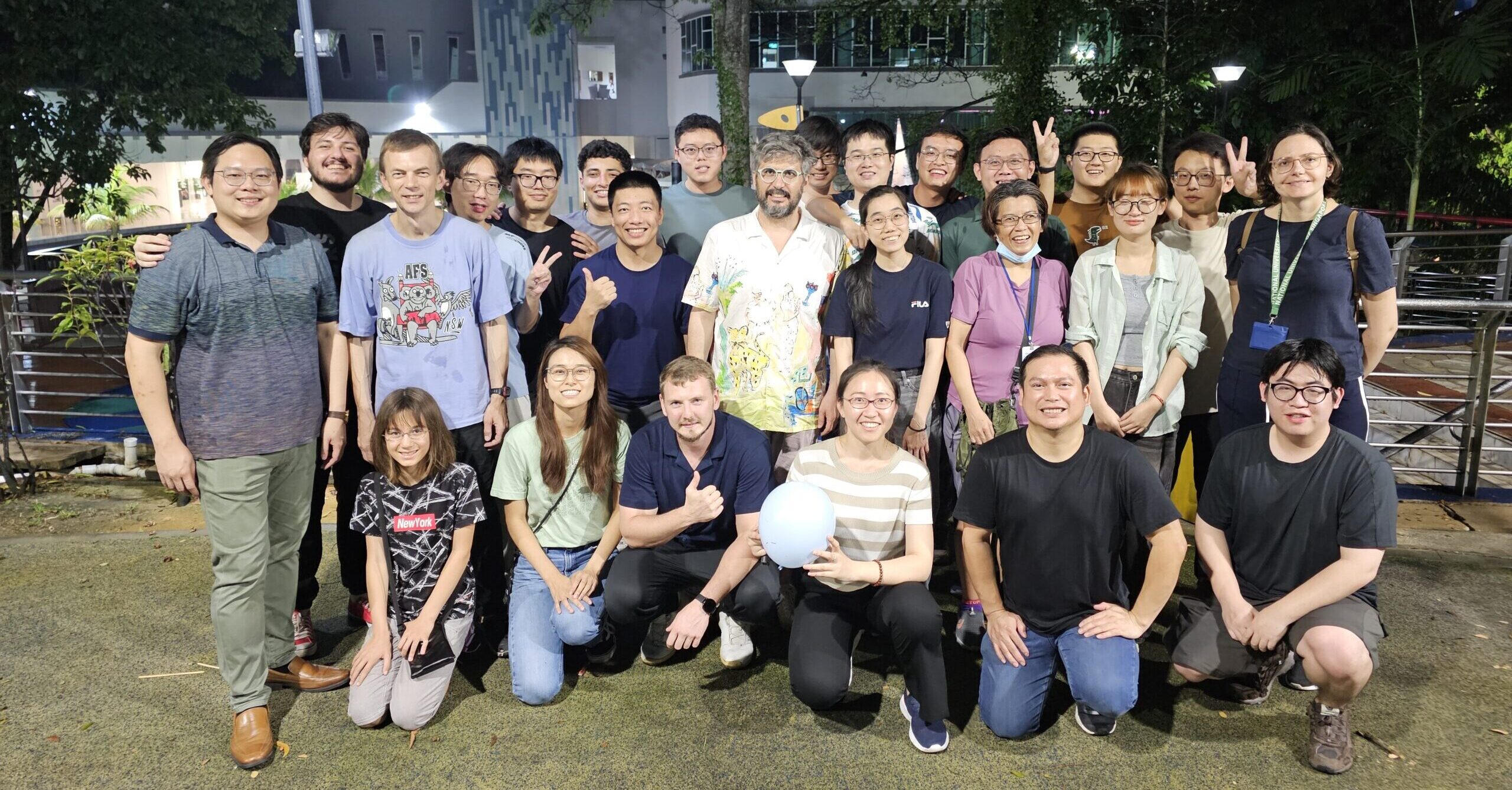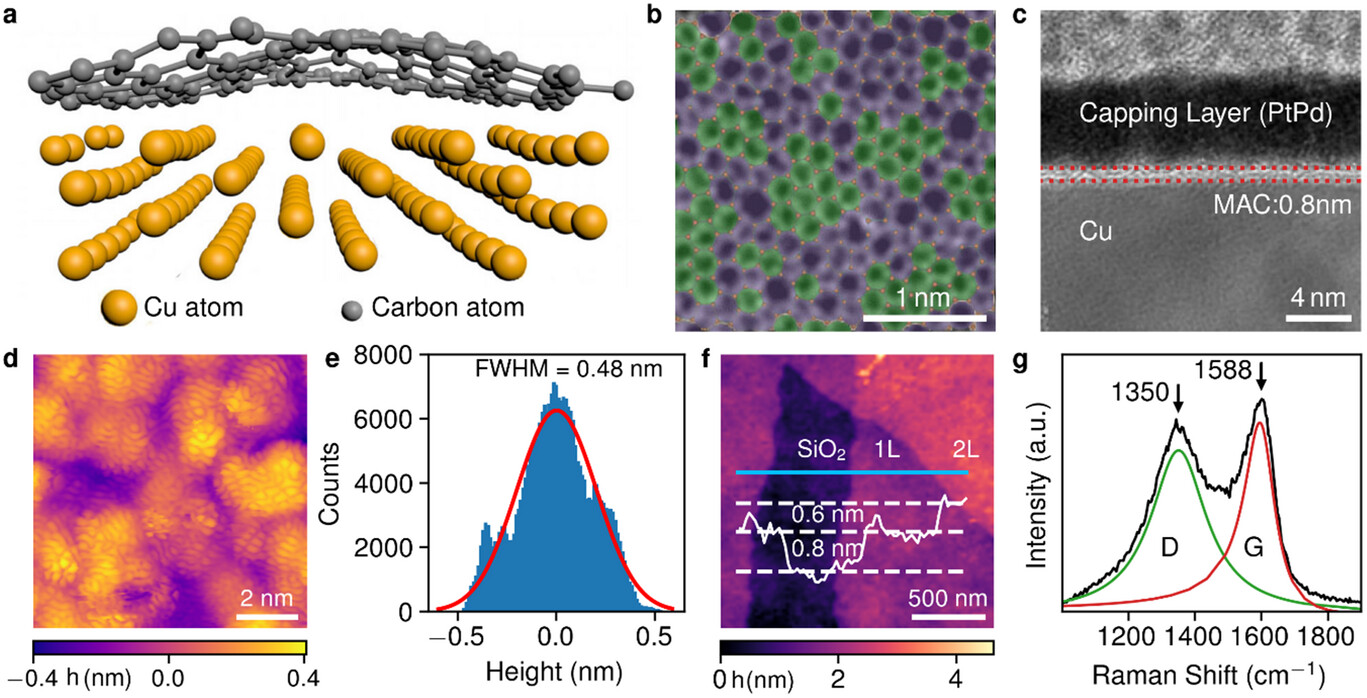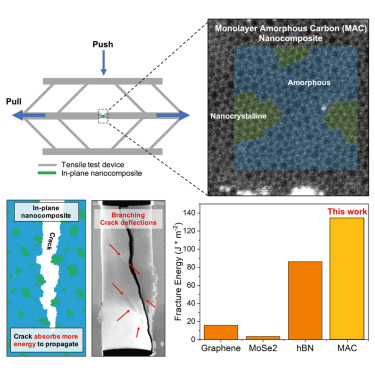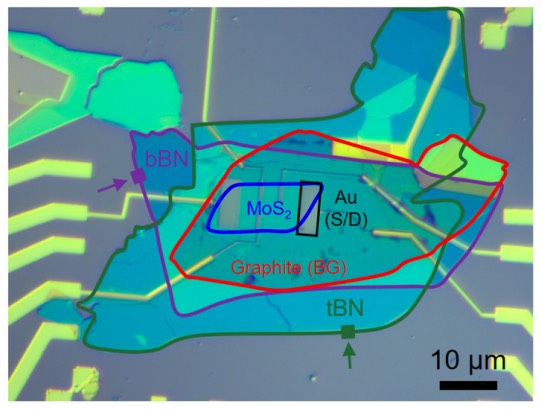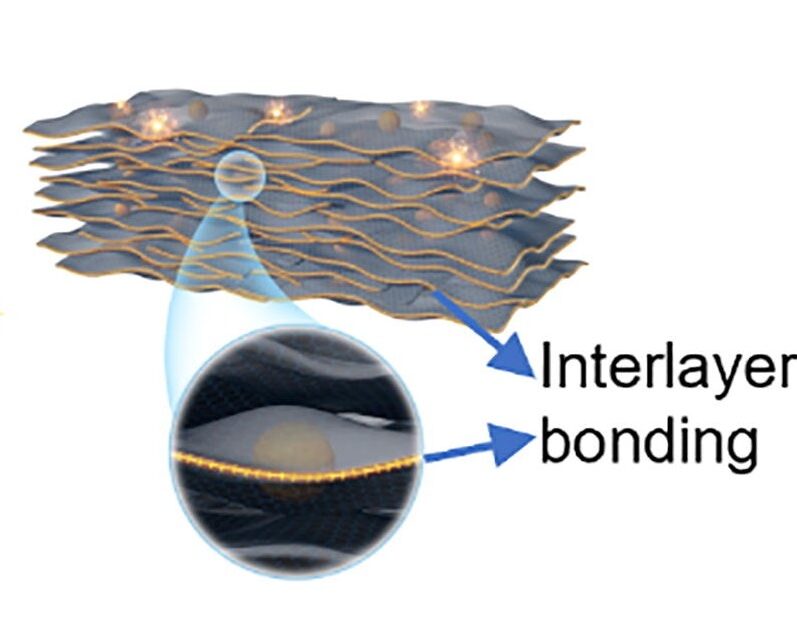About Us
Professor Barbaros Özyilmaz is globally recognized as a highly prolific researcher and inventor, particularlly on developing new device applications based on 2D materials such as graphene, black phosphorus, and monolayer amorphous carbon (MAC).
Good News! Our group is currently looking for new Post-Doctoral Researchers, new Ph.D. candidates, and Research Assistant to join our team, you aer welcomed to send your CV to Prof. Barbaros and us!



